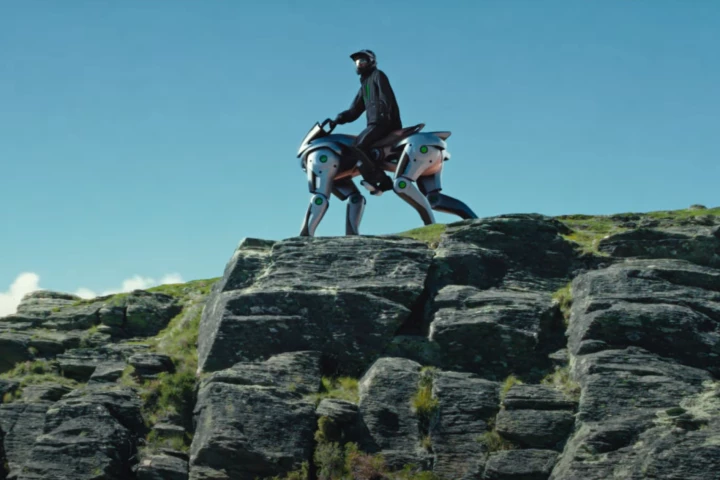Airbus' Zephyr program has claimed another record, with a production model unmanned solar-powered aircraft touching down after more than 25 days in the air. That voyage is the longest unmanned flight ever made, and was achieved on this particular vehicle's maiden voyage, no less.
Originally built by British defence company Qinetiq and now owned by Airbus, the Zephyr aircraft is designed to soar through the stratosphere for months at a time by drawing on the power of the sun. It is similar to Facebook's now defunct Aquila aircraft in this sense, and is hoped to one day provide satellite-like services with the flexibility of an unmanned drone.
The latest version of the Zephyr weighs just 75 kg (165 lb), but is able to carry up to five times its own weight. Flying above weather and other air traffic at 70,000 ft (21,300 m), the aircraft can be controlled from the ground and has the potential to carry all kinds of payloads, be they to collect high-resolution imagery, provide voice communications or, as was the idea with Aquila, beam internet service to underserved areas.
For more than a decade, different variations of the Zephyr aircraft have been setting off and setting records, with the first jaunt in 2007 lasting 54 hours and outdoing the previous endurance flight record, a 30-hour effort from Northrup Grunman's RQ-4A Global Hawk in 2001.
Since that first journey, the Zephyr and its variants have routinely flown longer and higher, most notably the prototype Zephyr UAS' 2010 flight that set three new records, including the endurance flight record for an unmanned aircraft of 14 days and 21 minutes.

Now the Zephyr S HAPS (High Altitude Pseudo-Satellite) has one-upped its predecessor in a big way. It took off from Arizona on the 11th of July and has only now come down to Earth, a total of 25 days, 23 hours and 57 minutes later. This was the first outing for the production model Zephyr S, and the team is already setting its sights on its next voyage.
"This very successful maiden flight represents a new significant milestone in the Zephyr programme, adding a new stratospheric flight endurance record which we hope will be formalised very shortly," says Jana Rosenmann, Head of Unmanned Aerial Systems at Airbus. "We will in the coming days check all engineering data and outputs and start the preparation of additional flights planned for the second half of this year from our new operating site at the Wyndham airfield in Western Australia."
Source: Airbus
Update (Aug 10, 2018): This article originally stated that the Zephyr S' maiden flight was the longest flight ever made by any aircraft. A number of readers have pointed out this is incorrect. The flight of the Zephyr S was the longest duration flight for an unmanned aircraft without refueling. We apologise for the error, which has now been corrected, and thank the commenters who pointed out the mistake.






